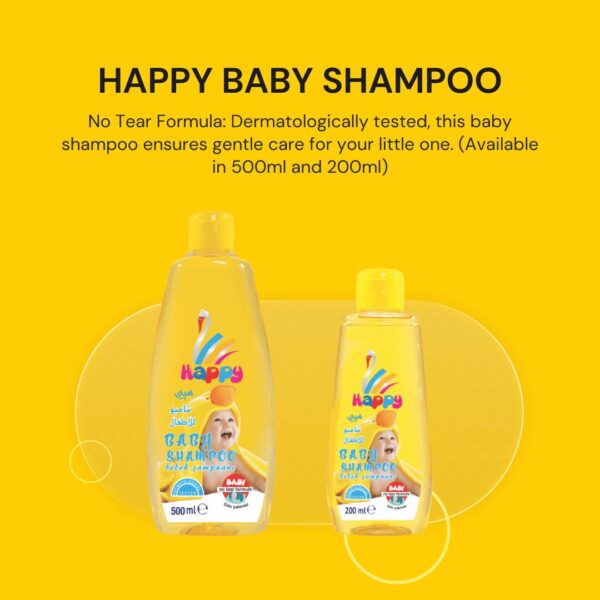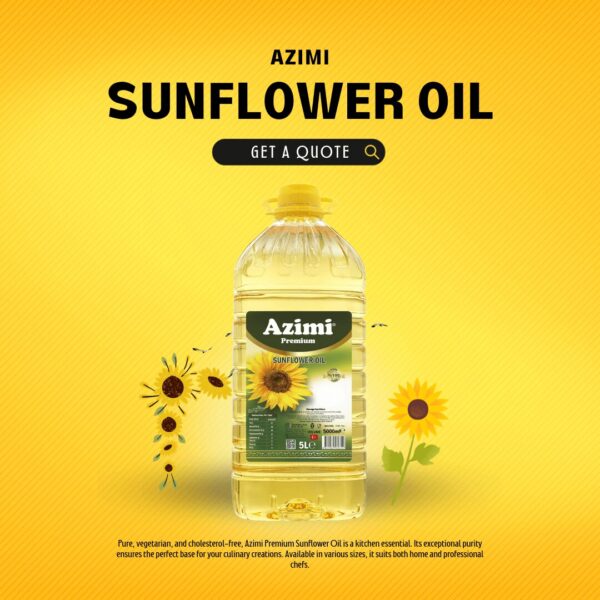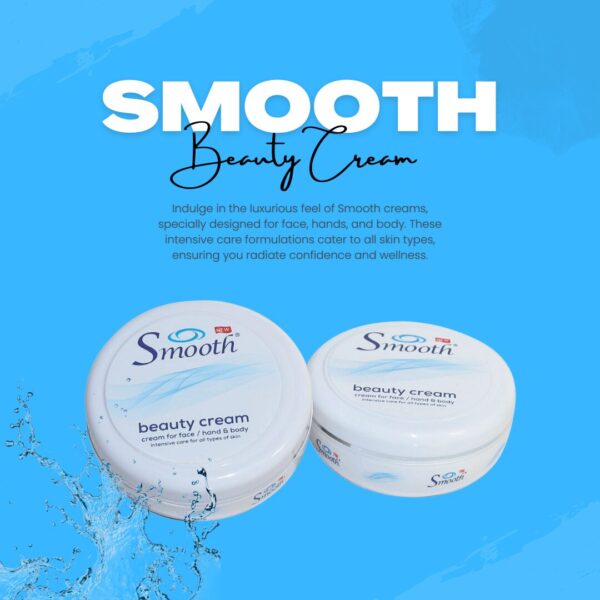In the competitive landscape of e-commerce, having a compelling and well-optimized product listings is essential for attracting potential customers and driving sales. Your product listing serves as a virtual storefront, and its effectiveness can significantly impact your online success. To help you maximize your sales potential, here are five tips for optimizing your product listings:
1. Craft Compelling Product Titles
The first thing that catches a shopper’s eye is the product title. Make sure it is clear, concise, and compelling. Include relevant keywords that potential customers might use when searching for your product. However, avoid keyword stuffing, as it can make your title look spammy and unprofessional. A good product title should convey the key features and benefits of the product in a way that resonates with your target audience.
- Keywords are king: Include relevant keywords that people might search for, but avoid keyword stuffing. Aim for a natural flow that incorporates your product’s key features and benefits.
- Specificity sells: Don’t be generic! Highlight what makes your product unique. Instead of “Blue T-Shirt,” try “Ultra-Soft Bamboo T-Shirt for Eco-Conscious Comfort.”
- Numbers matter: Use numbers to quantify benefits and grab attention. “3x Faster Charging Cable” or “50% More Stain-Resistant Fabric” are attention-grabbing examples.
- Clarity is key: Keep it concise and easy to understand. Aim for under 80 characters to ensure mobile-friendliness.
For example, instead of just saying “Running Shoes,” consider a title like “Premium Lightweight Running Shoes for Enhanced Performance and Comfort.” This not only includes the primary keyword (“Running Shoes”) but also highlights key selling points that may attract potential buyers.
2. Optimize Product Descriptions
The product description is your opportunity to provide more in-depth information about the product and product listings. Clearly articulate the benefits, features, and unique selling points. Use bullet points to make the information easily scannable. Be specific and address potential customer questions preemptively.
In addition to highlighting features, tell a story that connects with your audience. Explain how the product solves a problem or enhances the buyer’s life. Incorporate relevant keywords naturally and consider using customer testimonials to build trust.
3. High-Quality Images and Multimedia
Visual appeal is crucial in online shopping. Include high-quality images that showcase your product from different angles. Use professional photos and, if possible, provide images of the product in use. This helps potential buyers visualize themselves using the product.
Consider incorporating multimedia elements like videos. A short demonstration video or a video highlighting the product’s key features can significantly enhance the customer’s understanding and interest. Make sure all multimedia elements are mobile-friendly to accommodate users on various devices. by doing these points you have best product listings.
4. Clear Pricing and Promotions of Each Items from Your Product Listings
Ensure that your pricing information is clear and easy to find. If you have promotions or discounts, prominently display them to grab the attention of bargain-seeking customers. Clearly communicate the value proposition and any cost savings, as this can be a powerful motivator for making a purchase.
Consider offering bundle deals or free shipping promotions to incentivize larger purchases. Be transparent about any additional costs, such as shipping fees or taxes, to avoid surprises at checkout.
5. Implement SEO Best Practices
Optimizing your product listings for search engines is crucial for attracting organic traffic. Conduct keyword research to identify relevant terms for your products. Incorporate these keywords naturally into your titles, descriptions, and other relevant fields.
Create unique and compelling meta descriptions that encourage clicks from search engine results pages. Leverage alt text for images to improve accessibility and provide additional opportunities for including relevant keywords.
In conclusion, optimizing your product listings is a continuous process that requires a deep understanding of your target audience and ongoing analysis of market trends. By implementing these tips, you can enhance the visibility and appeal of your products, ultimately driving maximum sales for your e-commerce business.



